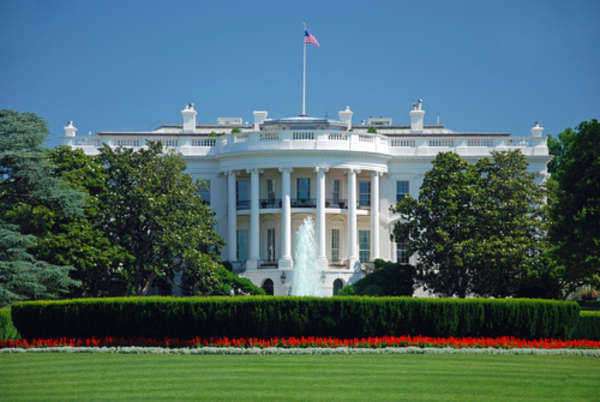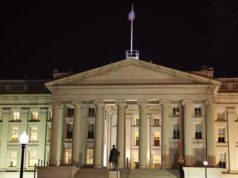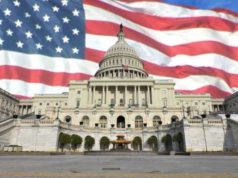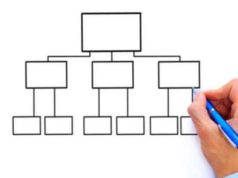
The office of the President is perhaps the single most important office within the American federal government, as the office of the President is imbued with the powers of the executive branch of the American government according to Article II of the Constitution.
The powers granted to the office of the President have grown over the years in a de facto sense if not a de jure sense. Presidents are technically granted only the power to either sign or to veto any legislation that comes to them from Congress, but Presidents are most often considered to have significant influence over the legislative agenda of Congress in the modern world, as a result of Presidents leading their parties.
At the current point in time, the term Executive Office of the President of the United States actually refers to a number of different individuals who serve the President of the United States as his or her immediate staff members. Most Presidents for a number of decades past have had such an Executive Office of the President, consisting of his or her staff such as the Press Secretary, the Chief of Staff, the Chair of the Council of Economic Advisers, the Assistant to the President for National Security Affairs, the Director of the Office of Management and Budget, and so on.
These different members of the Executive Office of the President were all formed as a result of action taken by President Franklin D. Roosevelt when he convinced Congress to implement the Reorganization Act of 1939.








































